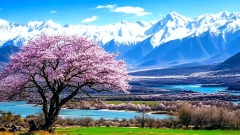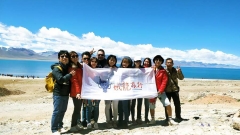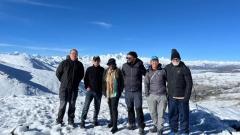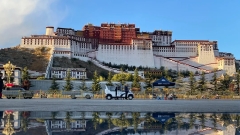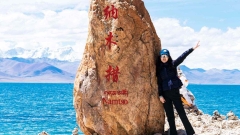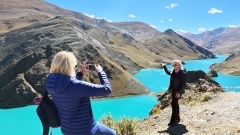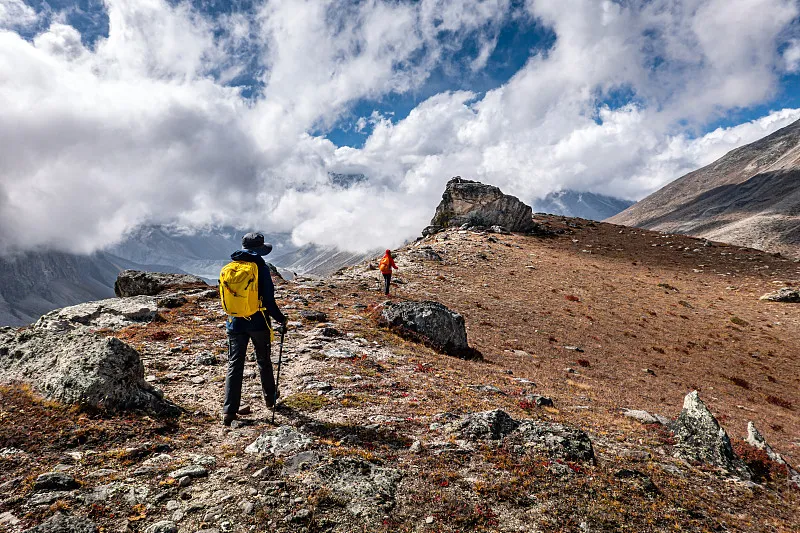Every year, from late June to early July in the Tibetan calendar (typically around August in the Gregorian calendar), Lhasa transforms into a city of vibrant joy and devotion as it celebrates the Shoton Festival — one of Tibet’s most significant traditional festivals. Combining Tibetan Buddhist rituals with folk performances and public merriment, the Shoton Festival is a spectacular cultural event embraced by all.
“Shoton” means “Yogurt Festival” in Tibetan. It originated from the tradition of offering yogurt to monks after they completed a summer retreat. Over time, it evolved into a grand celebration that features Buddha Thangka displays, Tibetan opera performances, folk traditions, and delicious local food.
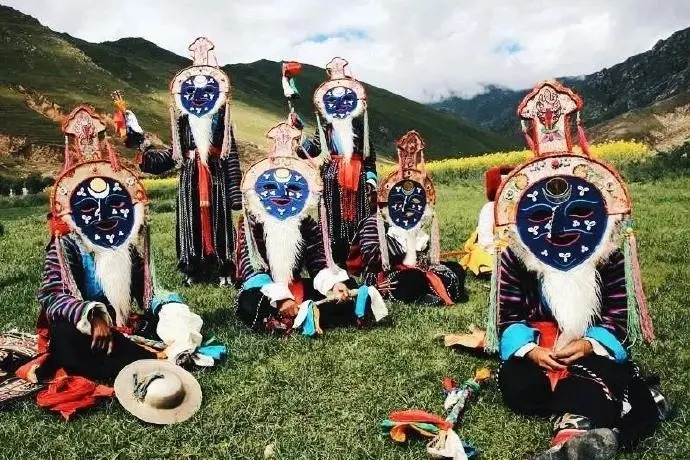
Shoton Festival Tibetan Opera
Origins and Evolution of the Shoton Festival
The Shoton Festival dates back to the 17th century, during the time of the 5th Dalai Lama. It began as a religious practice within the Gelug school of Tibetan Buddhism. After completing a 100-day “Yarney” meditation retreat during the rainy season, monks would be welcomed back into society with offerings of yogurt from laypeople.
Gradually, the festival expanded to include Buddha Thangka unveilings and Tibetan opera performances, turning into a large-scale event that blends sacred rituals with communal celebration. Today, the Shoton Festival is a reflection of Tibetan cultural pride, joy, and faith.
Main Festival Highlights
1. Giant Buddha Thangka Unveiling at Drepung Monastery
On the morning of the first day, thousands gather on the hillside behind Drepung Monastery on the outskirts of Lhasa. Monks unfurl an enormous Buddha Thangka on the mountainside while devotees offer khatags (white ceremonial scarves) and flowers. Bathed in the rising sun, this solemn ceremony is both visually stunning and spiritually moving — a must-see for photographers and pilgrims alike.
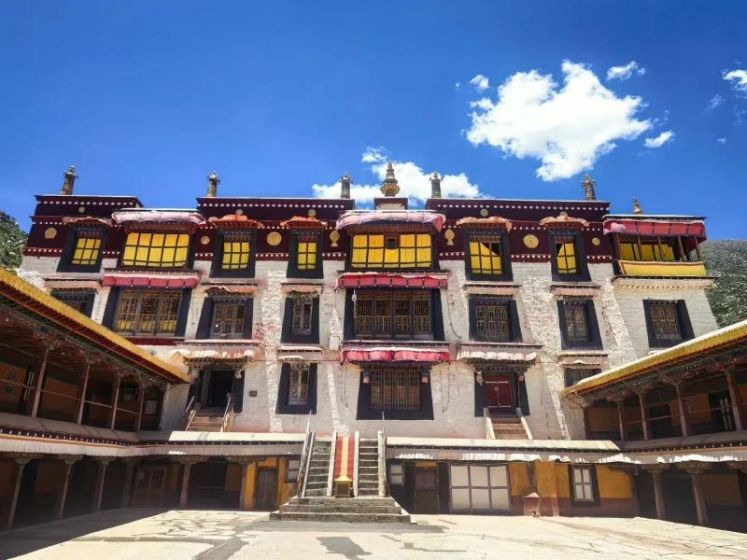
Drepung Monastery
2. Tibetan Opera at Norbulingka
During the festival, Norbulingka, the former summer palace of the Dalai Lamas, becomes the main venue for traditional Tibetan opera (Lhamo) performances. Troupes from across Tibet set up colorful tents and perform classic tales combining music, dance, and storytelling. Recognized as a national intangible cultural heritage, Tibetan opera is enjoyed by both the young and old.
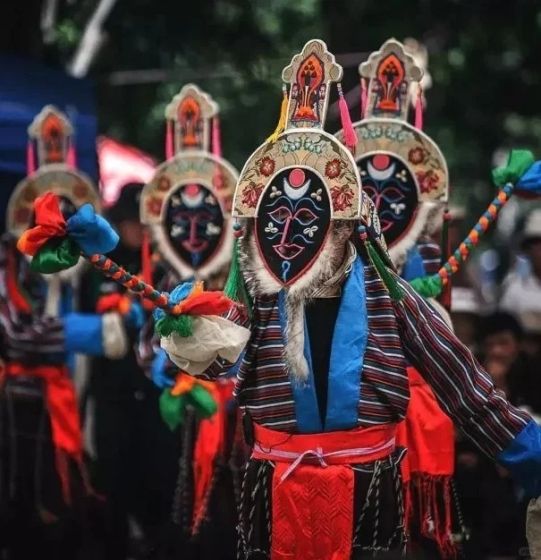
Shoton Festival Tibetan Opera
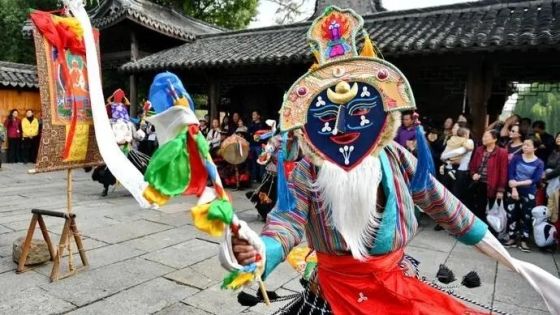
Shoton Festival Tibetan Opera
3. Family Picnics & Opera Viewing
For locals, Shoton is also a cherished family holiday. People arrive early at Norbulingka to claim grassy picnic spots, spreading out Tibetan carpets and unpacking homemade delicacies like tsampa, dried meats, yogurt, and barley wine. They watch opera, chat, and relax in a cheerful, laid-back atmosphere that embodies the warmth of Tibetan community life.
4. Street Festivities & Folk Celebrations
The city becomes especially lively during Shoton. Dressed in traditional attire, Tibetans walk around Barkhor Street, spinning prayer wheels and offering incense. Elsewhere, folk dances, horse races, and traditional sports turn Lhasa into a cultural carnival, with festivities radiating joy and vitality.
Travel Tips for Experiencing the Shoton Festival
1. Best Time to Visit
The Shoton Festival follows the Tibetan calendar and usually falls in early to mid-August. Check the exact dates ahead of time to plan your trip accordingly.
2. Top Viewing Locations
- Drepung Monastery – for the awe-inspiring Buddha Thangka unveiling
- Norbulingka Palace – the heart of Tibetan opera performances
- Barkhor Street & Potala Palace Square – for festive vibes and cultural immersion
3. Book in Advance
Shoton is peak travel season in Lhasa. Flights, hotels, and transport sell out quickly. It’s best to book 1–2 months in advance.
4. Important Etiquette
- Show respect at religious events — do not block pilgrims or interrupt rituals while photographing.
- Dress modestly; remove hats before entering temples and never touch Buddha statues or sacred items.
- UV rays are intense at high altitude — wear sunscreen, sunglasses, and a wide-brimmed hat.
- Stay hydrated, get enough rest, and be prepared for altitude sickness prevention.
Why the Shoton Festival Is a Journey Worth Taking
To witness the Shoton Festival is to witness the soul of Tibetan culture — a powerful blend of devotion, artistry, and joy. From the solemn beauty of the Buddha Thangka to the laughter echoing through opera tents, from sacred rituals to casual family picnics, every moment is a glimpse into the heart of Tibetan life.
It’s not just a festival — it’s a living cultural expression. For travelers, there’s no better time to truly step into Tibet and experience the magic of its people, traditions, and faith.




